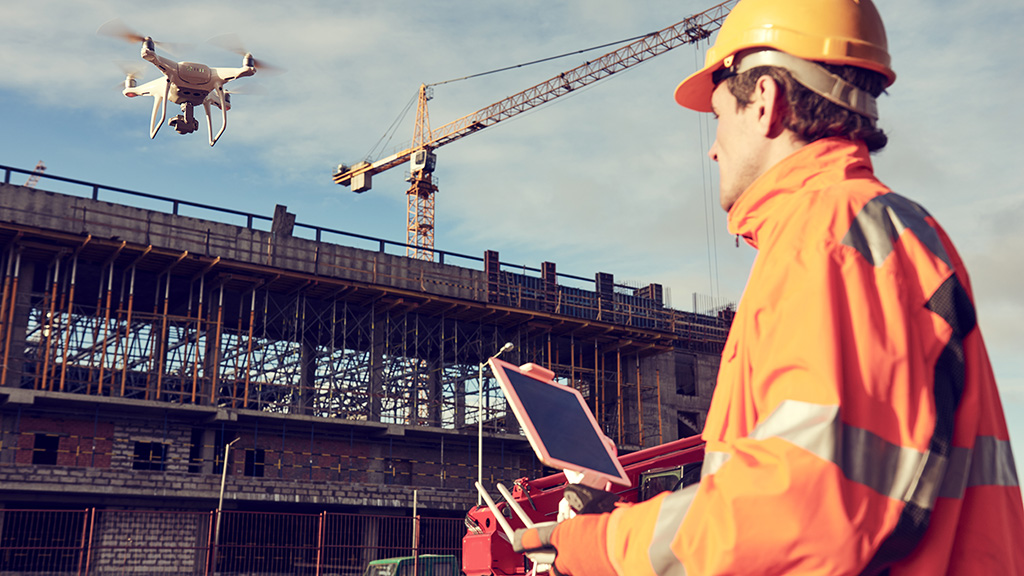Time is money. It’s a constant in the construction sector.
The question is, can technology, especially robotics, speed up the process once shovels are in the ground.
We all know waiting for red tape, zoning approvals, materials, trades, equipment, it all adds up and nowhere is this more apparent than in the housing sector.
While ICI projects may get delayed, eventually they will get built because ultimately the owners will pass those added costs onto tenants, customers or taxpayers.
With housing, lack of supply against rising demand adds up to unaffordable housing and it’s a crisis not just in the densely populated GTA but across Canada and in other parts of the world.
The Ontario government says the best way to get housing prices down is to build more, faster to ensure supply outpaces demand. It’s a tall order but they are pulling out the stops to build 1.5 million homes by 2031.
The bigger barrier is still wrestling with municipalities who seek to slow growth. To that end the province is bringing in a political solution, the Strong Mayors, Building Homes Act, 2022, a pilot that will give Toronto and Ottawa mayors powers to override council if they are supporting provincial priorities. This, it is hoped, will lead to faster approvals and increased supply.
Once approved, however, there are other issues. The province says it will work to free up provincial and municipal land for housing but that doesn’t address issues such as skilled labour shortages and costs.
The province is falling back on boilerplate plans to increase the skilled trade labour force.
The shortage of skilled trades is still the biggest concern moving forward, especially in the ICI sector and that’s where robotic technology may see opportunities.
There’s still a need for humans in the mix, but a robotic programmed to repetitive tasks can work faster and longer. The shift is more of a quiet evolution than a revolution with a bang.
That’s where Ramtin Attar, CEO and co-founder of Promise Robotics Inc, sees opportunity.
Using programmable robotics to do more, to create more, faster with less is the goal of the Toronto and Edmonton-based startup. It’s looking to shift the knowledge from long-time users like automotive into construction by creating scalable factories using off-the-shelf robotics and programming them via the Cloud using Artificial Intelligence to maximize production and control costs and quality.
When completed the robots can be packed up and shipped to be installed at the next location.
There are challenges but the concept could feed into the Ontario vision to accelerate homebuilding and ultimately be applied to ICI, shortening the time it takes to open new hospitals, long-term care facilities, schools or community centres.
Attar is the first to admit there’s some baggage with modular design dating back to the first wave deployed after the Second World War in Europe. In a world where Apple computers carve out the market based on design and interface alone, cookie cutter blocks aren’t in high demand.
“People don’t want drab and dingy,” he agrees. “They want quality.”
When it comes to quality, modular wins hands down. The challenge then is to introduce flexible design variations using materials and palette selection, changing cosmetic features, not the structure itself.
Where he hopes to win converts is in the lower cost of entry to modular construction. The flexibility of the Promise system means costs are not defrayed over just the one project and the arrangement is more of a lease or rental agreement.
“We realized we could unlock the value and democratize access to these technologies and bring fundamental change and upend the economics of production using automation,” he says.
For builders it means they don’t have to spend time setting up a factory, they send specs, work out the optimal design and then contract prefabrication for assemble onsite.
“We’re mechanizing construction,” says Attar. “It allows you to get going in weeks, not years.”
“We’re removing the cost barrier so you don’t need big capital or need to make a direct investment. This is a service model of robotics.”
Promise Robotics hopes to be up and running in 2023.
“It’s time to create an innovation agenda. The business model is as important as the technology,” he says.
So far there have been no discussions with either the federal or provincial government as to how this model can be harnessed to speed up the supply of housing.
Attar is adamant, however, that the time savings is palpable and exponential, not to mention the reduction of emissions and creation of jobs to attract women and others into the construction sector.
The key, he says, is like automotive production at full press, the factories can operate 24/7 on three shifts producing anything from single family homes to multi-level timber frames.
There are hurdles, however, in the esthetics and customization, says Chris Rausch, who works with Carl Haas at the University of Waterloo and has worked automating workflows in construction.
Automakers build thousands of identical units. If that design concept were applied to housing we’d end up with identical, monotonous structures, more like mass housing in China or Russia. It’s not an esthetic most Canadians would opt for in their housing choices.
That’s not to say it can’t work. Standardized components and core structure can be augmented with different finish materials and different colours, giving each unit a unique identity but maintaining the production efficiency of the core structural elements.










Recent Comments
comments for this post are closed